#nanzen ji
Explore tagged Tumblr posts
Photo

Nanzen-Ji 南禅寺 Kyoto, Japan
#photographers on tumblr#architecture#temples#kyoto#japan#nanzen ji#南禅寺#vertical#original photographers#original photography
175 notes
·
View notes
Text

Nanzen-ji
Kyoto, Japan
11 notes
·
View notes
Text
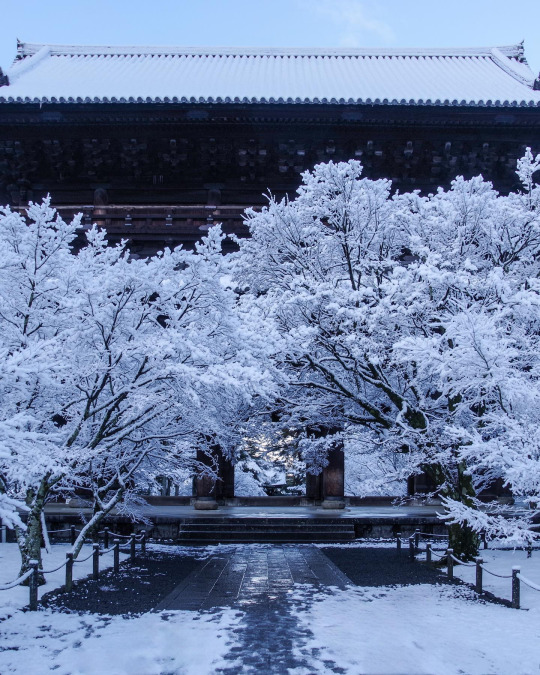
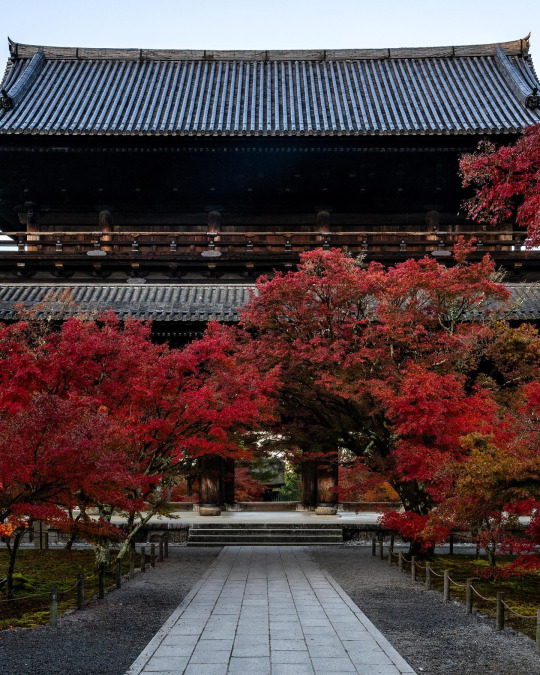
Snowy and autumnal views of Sanmon Gate
3K notes
·
View notes
Text
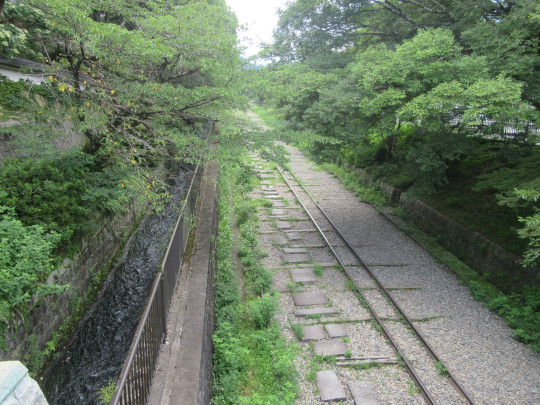
To end the "Canal Contraptions" mini-series, here's a brief look at the Keage Incline on the Lake Biwa canal in Kyoto. Located near Nanzen-ji and its famous aqueducts, it's apparently a popular sakura spot, not that I'd know visiting in July...
Boats were loaded onto wagons at one end of the slope, and hauled by an electric engine up or down before being unloaded back into the water at the other end. Thinking about it just now it sounded rather ludicrous to me, but I was picturing long European-style barges, but the boats of Meiji period Japan were probably not that big, as a picture of the surviving wagon shows.
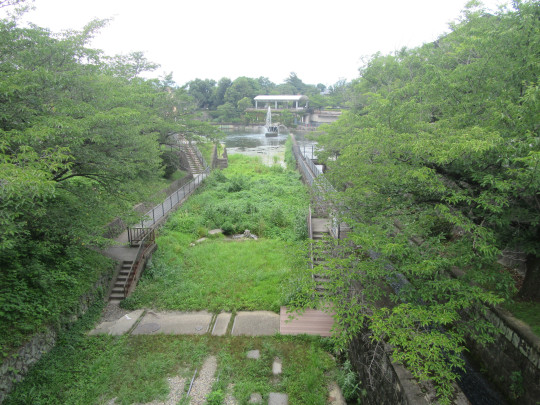
We didn't go down to the incline, it was just something the friends I was travelling with that day brought up between Nanzen-ji and our next destination. Something to go back for...
8 notes
·
View notes
Text

📍Tenju-an, Nanzen-Ji , Kyoto Japan
#nature#photographers on tumblr#original photographers#photography#photooftheday#landscape#adventure#aesthetic
17K notes
·
View notes
Text
Kyoto


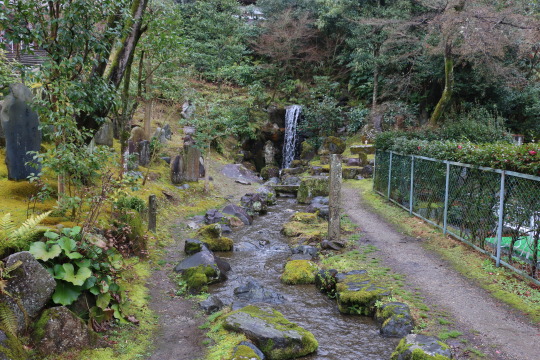
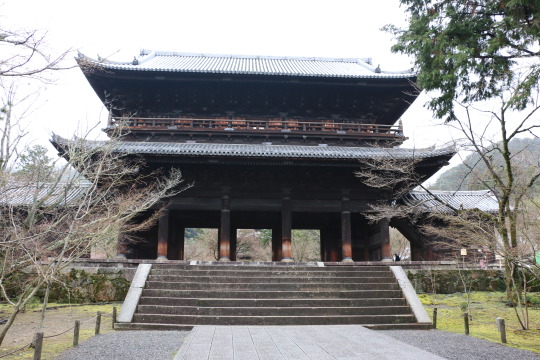
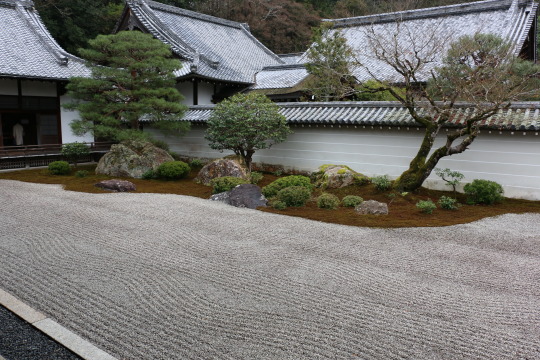



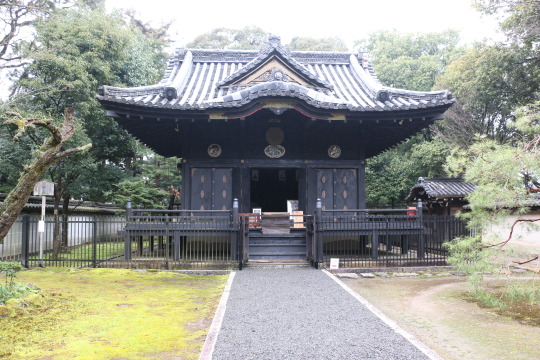
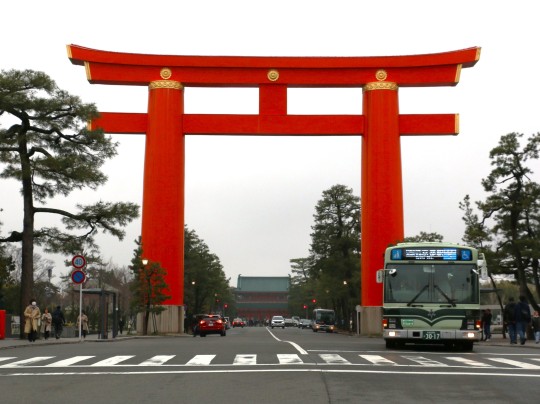
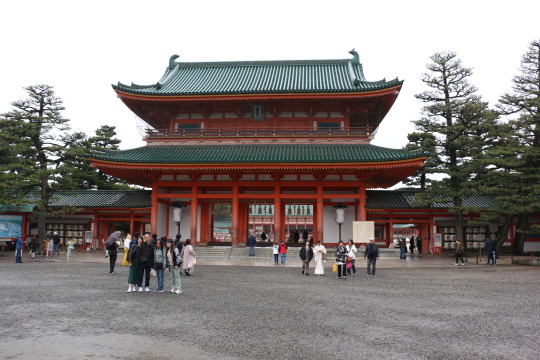
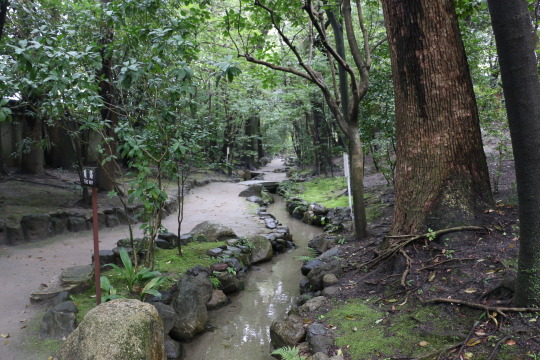

Zenrin-ji Nanzen-ji Tenju-an Konchi-in Heian-jinguu
1 note
·
View note
Text

Nanzen-ji Temple
39 notes
·
View notes
Text


The Suzuki Kinsen 鈴木錦泉 prints I shared the other day spurred this idea for this ukiyo-e style Okita Soji and Okada Izo.
Since this isn't a style I work in at all, I closely copied two of the poses from Suzuki's work, changing the details as needed.
The backgrounds are prints by Kawase Hasui 川瀬 巴水, from ukiyo-e.org. The left is Autumn Rain at Nanzen-ji, and the right is Kyoto Ohara Sanzen-in.
31 notes
·
View notes
Text
Gojo-kesa - Does Geto really wear something named after Gojo?

[WARNING! THIS ARTICLE CONTAINS A CERTAIN AMOUNT OF SPOILERS: (JJK. VOL 26)]
I would like to draw the attention of sensitive readers that this article will contain some emotional parts from me; I cannot ignore the influence I feel towards these characters. I’m really sorry.
So, most people knowledgeable about this topic are aware of the fact: Geto Suguru, after deciding to leave the school and become a sect leader, wears something called a Gojo-kesa. But why? What does this have to do with Gojo? Was it really named after him? What exactly is it? Is there any fact that explains why Geto chose this? That’s already too many questions. Let’s dive in!
Short answer:
Yes. This kesa actually bears the surname of Gojo Satoru, or to be precise, the Gojo clan bears a name that is derived from a Buddhist tool.
Long answer:
The 五条 literally means “fifth in line” or “the fifth in the sequence.” The first kanji isn’t that interesting, as kanji representing numbers generally don’t carry additional meanings, but since we’re talking about Gege, let’s not skip over it. The number five is, of course, an important number in Buddhism, as it is used in many stories and is associated with good deeds. It also symbolizes harmony and refers to the five elements, which is an important philosophical element in Japanese culture. Remember when Gojo said, “whether it's above heaven, or it's under heaven, only I reign supreme”? This is a great connection to the five elements and Buddhism.

In Japanese culture, the number five represents a lot of things, but let me bring up my favorite: In Japanese tradition, sometimes the fifth season appears, which denotes the period after the spring bloom, the time of flowers and trees (if someone doesn’t know, I’m referring to the hidden inventory). Well, considering how insignificant the number five is, we've gathered quite a lot about it.
The second kanji, 条 (jou), almost always refers to a line. It means stripe, line, placement, etc. This kanji isn’t very common in everyday language; instead, it’s almost daily used in courts, as it appears in the naming of regulations and laws. Additionally, the 条 kanji often occurs in Buddhist texts, as it denotes laws, prescriptions, or important principles related to Buddhist teachings. In such contexts, 条 signifies the lines or sections of the teachings and is closely linked to the number five, representing the five basic principles of Buddhism, which are also a sort of rules.
So what’s next? Let’s return to the question of the Gojo-kesa. The kanji for the garment Gojo-kesa only partially matches because in this word, Gojo is written as 五條, meaning the other kanji has a few more strokes, as it denotes the striping itself, literally meaning “five-striped.” The origin of the kesa dates back to the beginnings of Buddhism and comes from the clothing worn by Buddha. According to Buddhist traditions, the kesa symbolizes renunciation and detachment from the material world. Perhaps in our case, it wanted to symbolize that Geto left behind his old life, along with Gojo Satoru? Who knows? Is there a conscious use of this? What Geto wears is also an existing type of kesa, which we can also call kasaya:
"Oomu-e: Priest's Kasaya with Porcelain Scrolls and Ritual Buddhist Implements (Known as 'Dream Robe')."
It was found at Nanzen-ji Monastery in Kyoto. The appellation comes from the legend that on the day after Ryūshū dreamt he had received a robe from the eminent Chinese master Wuzhun Shifan, someone appeared bringing him Wuzhun’s kasaya. The distinctive hand-drawn, gold-painted peony scrolls that cover the entire robe...

The historical 14th century kasaya
So... what do we have now? A garment that actually existed and dates back to the 14th century, associated with dreams, speaks of renunciation, and bears the name Gojo. Do we need anything more than that?
I have emphasized several times that Akutami Gege is a genius, and he hasn’t forgotten to prove it again now. But now we can also encounter his sadistic side, while I find it impressive that he already knew what he intended to accomplish by the end of volume 26 in volume 9.

Getami, 2024.10.05
#jjk#jujutsu#kaisen#jujutsu kaisen#gege akutami#kaisend#phonology#research#anime#manga#heian#kanji#megumi#history#kyoto#buddhism#shounen#geto suguru#stsg#gojokesa#gojo satoru#gojo#satoru#jjk satoru#suguru geto#dream#kasaya
20 notes
·
View notes
Text
youtube
Nanzen-ji (南禅寺) Zen Buddhist temple in Kyoto, evening walk in Japan · 4K ASMR
12 notes
·
View notes
Photo
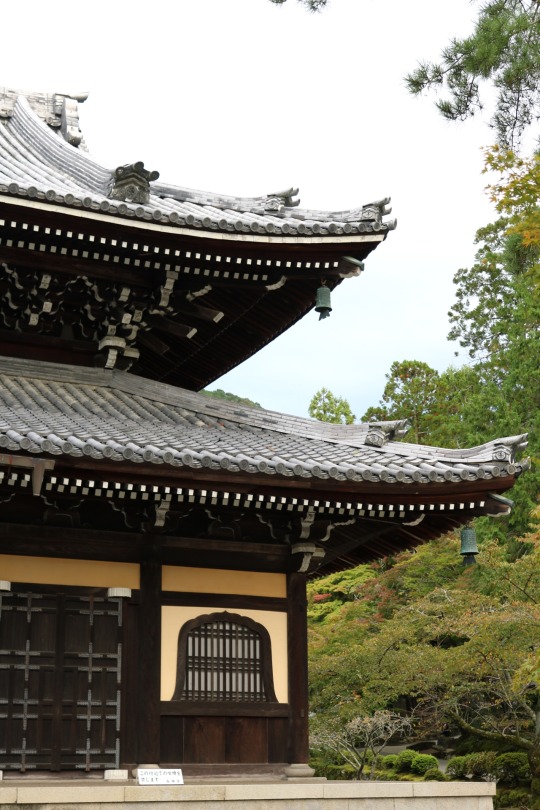
Nanzen-Ji 南禅寺 Kyoto, Japan
#photographers on tumblr#architecture#temples#kyoto#japan#nanzen ji#南禅寺#nature#autumn#fall#original photographers#original photography#vertical
184 notes
·
View notes
Photo
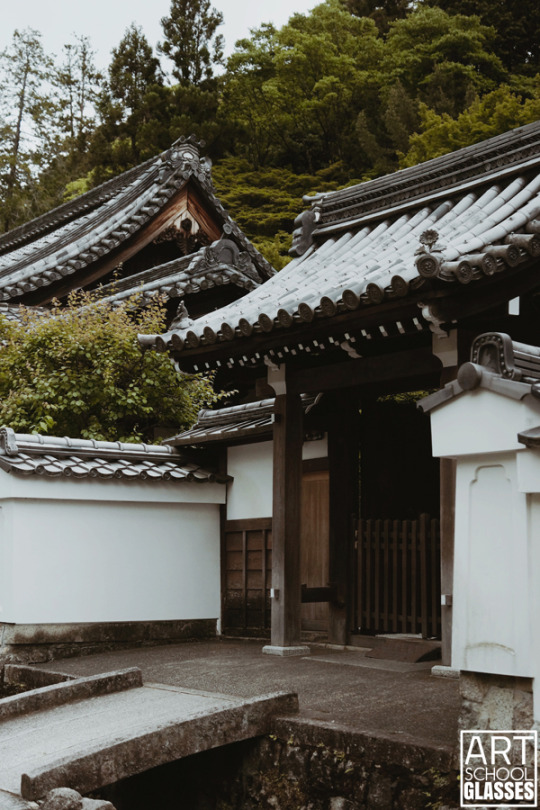
Nanzen-ji
Kyoto, Japan
23 notes
·
View notes
Text

Koi pond, Nanzen-ji Temple, kyoto. Tuesday 27 August 2024.
8 notes
·
View notes
Photo

Hasegawa Tōhaku Monkey Reaching for the Reflection of the Moon in Water, 16th century, sliding screen painting, Konchi-in Temple, Nanzen-ji, Kyoto
9 notes
·
View notes
Photo

(via Pinterest)
Ripple...A small, moss-covered fountain at a sub-temple of Nanzen-ji in Kyoto. Photo credit: Box of Badgers / Flickr
46 notes
·
View notes
Text
Kinou Nani Tabeta? (2021 Movie) locations IRL
Kinou Nani Tabeta?: Shiro and Kenji visit a temple which was a filming location for a show that Kenji enjoys
IRL: Nanzen-ji Temple, 86 Nanzenji Fukuchicho, Sakyo Ward, Kyoto, 606-8435, Japan


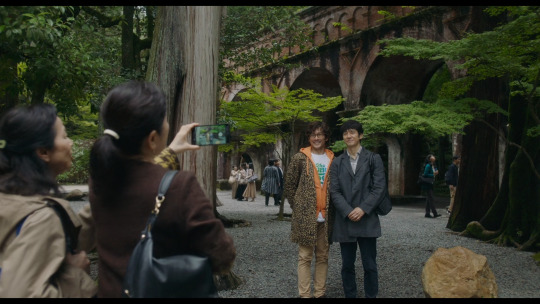
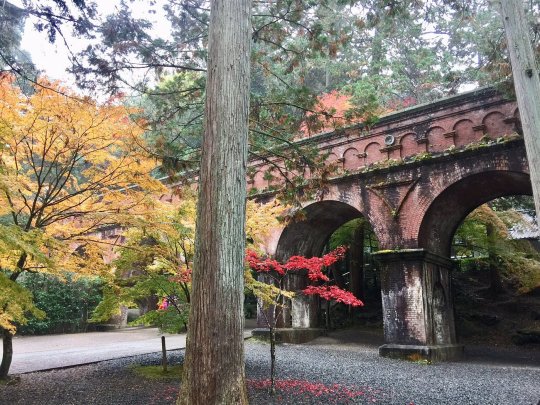
Credit: (hyperlinked due to length)
4 notes
·
View notes